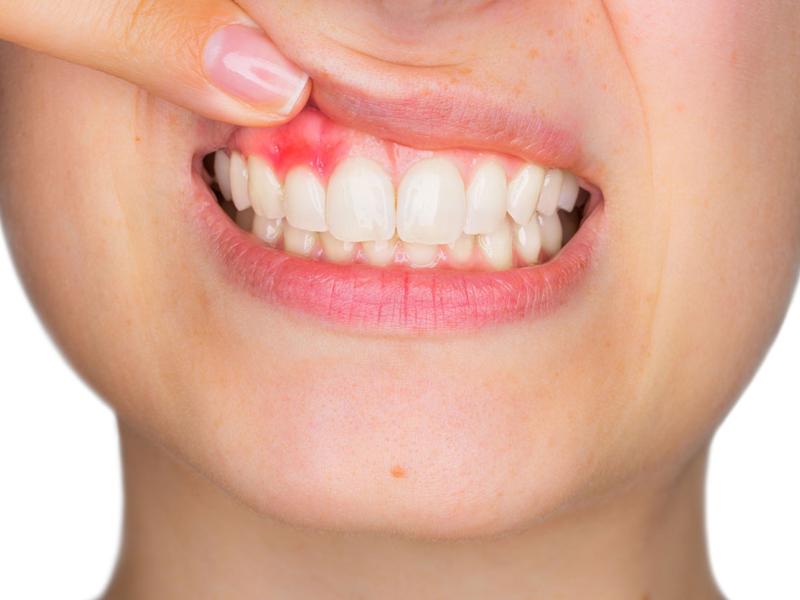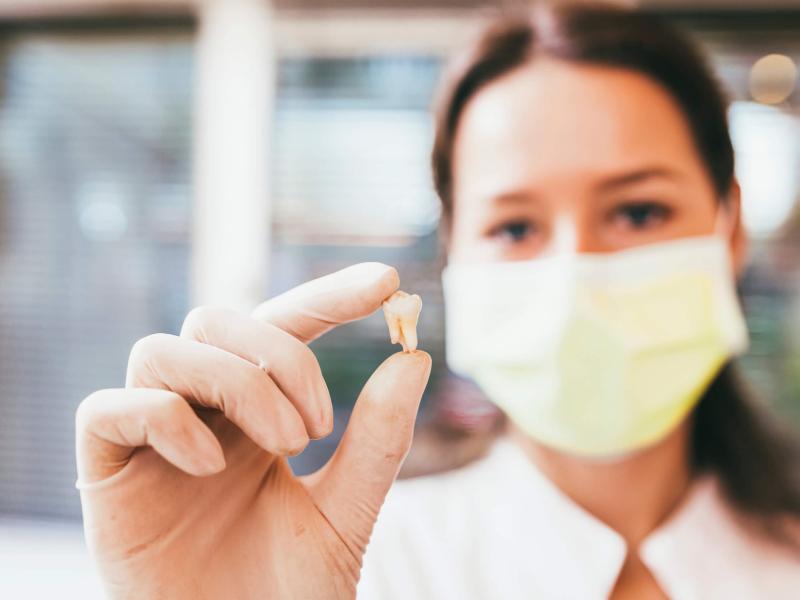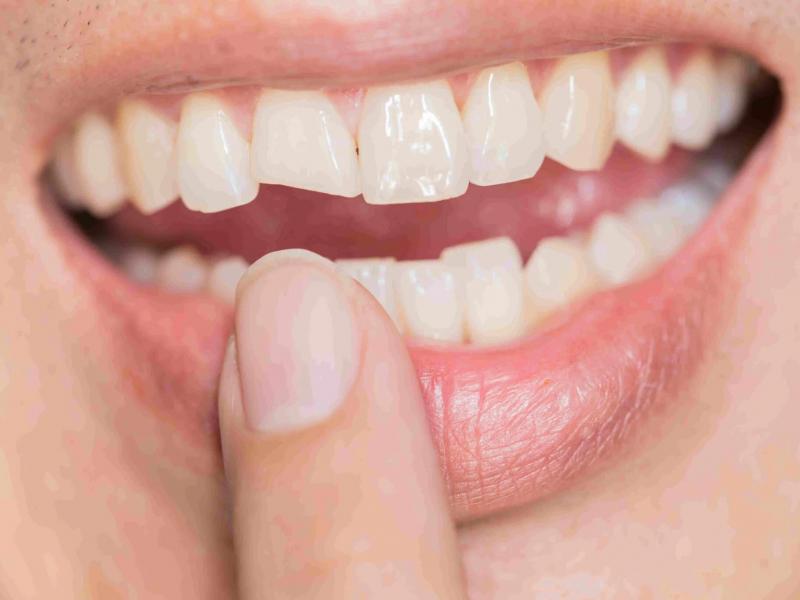What is a diastema?
The term diastema, also known as the "happy teeth", refers to the excessive gap between two teeth or even more. This space is usually located between the central incisors in the upper jaw.
However, the gap can occur between any pair of teeth, so it can be visible or invisible.
The diastema or the diastema breach occurs between two teeth that are normally adjacent. It can be congenital or acquired over time.
Disadvantages of separated tooth
The phenomenon of spacing of teeth only presents a pathology if the diastema causes the retention of food. The inter-incisal separation can lead to food blockage, which causes gingival inflammation due to food blockage.
Another inconvenience of gap teeth is the difficulty of pronunciation, which is possibly embarrassing for most people who do suffer. They do not even dare to smile spontaneously.
Diastema can affect a person's physical appearance, which influences their self-confidence and makes them feel unwell.
Causes of the dental spacing
The main causes of diastema are either genetic, i.e. of hereditary origin, or acquired due to :
- A hormonal problem during the construction of the teeth
- Dental agenesis (space left after the non-existence of one of the teeth)
- Small teeth (microdontia) that do not occupy all the space reserved for their formation in the dental arch
- Sucking movements in babies and children
- Tooth movement due to gum disease
- A lip brake that creates an interdental space between the incisors
The gap between the teeth is more or less important and requires in most cases a surgical intervention to restore the jaw.
Orthodontics treatments of the spacing teeth in Turkey
There are several orthodontics treatments available in Turkey to people who are bothered by dental misalignment. Orthodontics can easily treat this problem.
Correction with brackets
Brackets, widely used in orthodontics, are exploited to correct misalignment of the teeth and to subsequently adjust the space between the incisors or any spacing.
The brackets are glued to the face of the spacing teeth and an elastic band is held to bring them together.
Frenectomy procedure
It’s the surgical intervention intended to remove the excess fibrous part of the lip brake. The technique consists of repositioning the section to have better flexibility, which makes it possible to decrease the spacing between the teeth to avoid food retention.
Dental aligners
Whether visible (porcelain aligner) or invisible (Invisalign), dental aligners allow you to close the interdental spaces, more specifically inter-incisal spaces.
During the first consultation, the dentist makes a digital impression of the patient's teeth to make custom aligners. This technique is the most commonly used to treat dental spacing.
Dental veneers
Dental veneers can be placed to hide the diastema without correcting it.
It should be noted that only orthodontics can correct tooth spacing, and there is no natural treatment to tighten teeth.
Prevention of diastema
Although tooth spacing disorder is not a problem in itself, some people consider it a cosmetic defect and tend to avoid it.
There are solutions to minimize the risk of developing diastema. Parents should encourage their children to break certain habits from an early age to prevent incisal separation. Among these habits, we note the prohibition of thumb-sucking and the practice of good oral hygiene.






